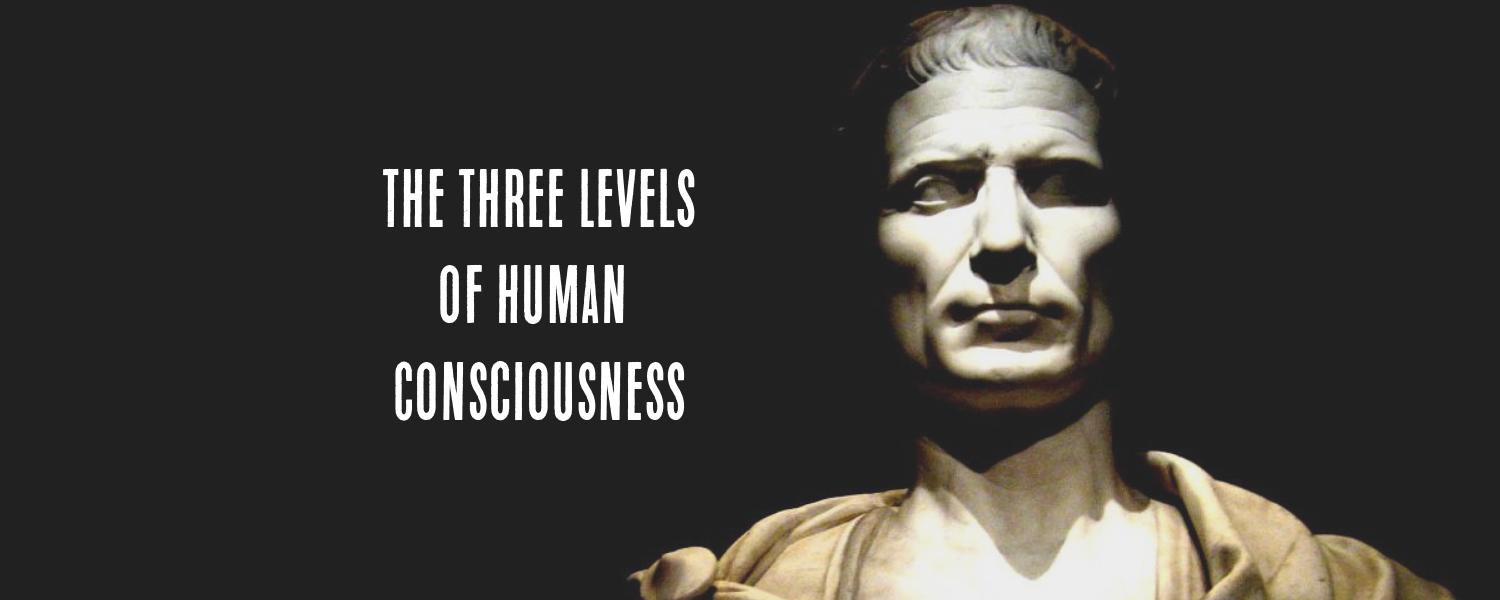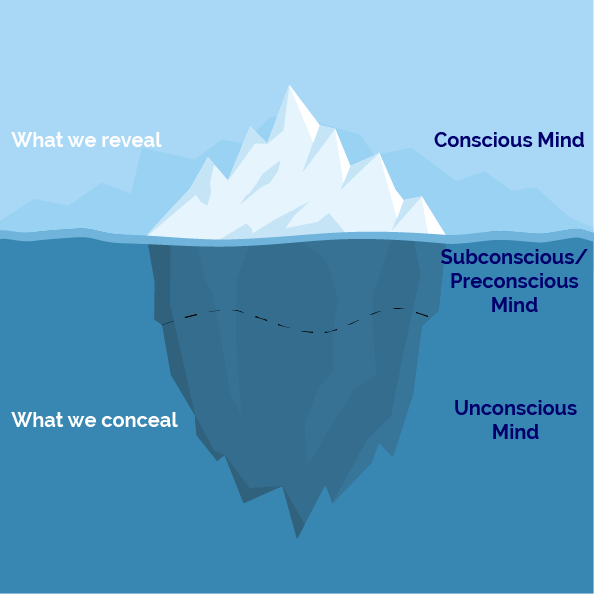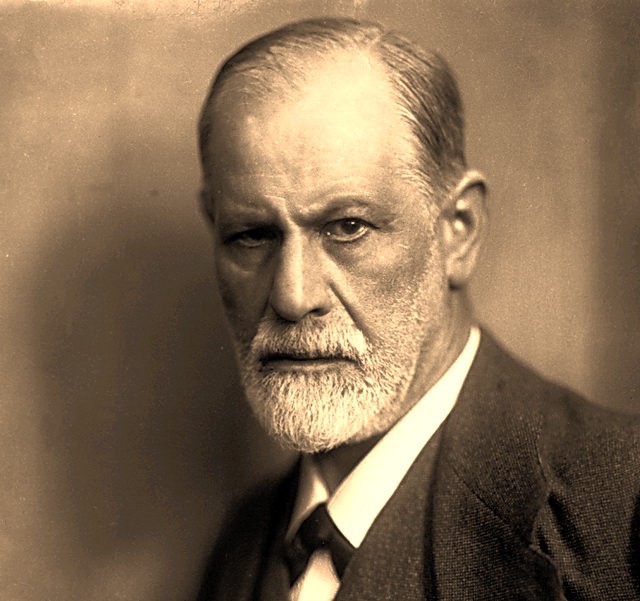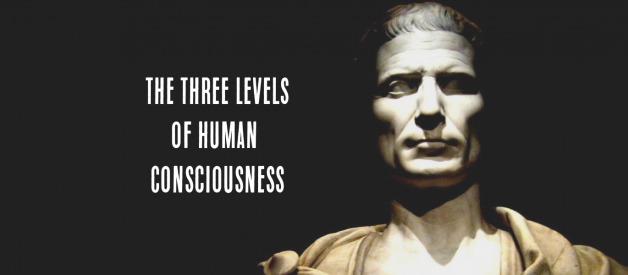
We can view consciousness as three distinct levels: the conscious, the subconscious (or preconscious), and the unconscious.
Buddhism has a sophisticated theory of mind but has undoubtedly contained the concepts of conscious and subconscious for over thousands of years. Sigmund Freud made these concepts popular throughout the Western world at the turn of the 20th century.
The first level of consciousness is known as the conscious state, and this refers to our immediate awareness that you are experiencing as you read this. We make use of our conscious mind when we take in input from our senses, analyse the information, and then make decisions based on this information.
 ?The mind is like an iceberg, it floats with one-seventh of its bulk above water.? ? Sigmund Freud
?The mind is like an iceberg, it floats with one-seventh of its bulk above water.? ? Sigmund Freud
The conscious mind consists of what we are aware of at any given point in time. It includes the things that we are thinking about right now, whether it?s in the front of our minds or the back. If we?re aware of it, then it is in the conscious mind.
Robert Collier explained the conscious mind expertly when he said, ?It is only through your conscious mind that you can reach the subconscious. Your conscious mind is the porter at the door, the watchman at the gate. It is to the conscious mind that the subconscious looks for all its impressions.?
For example, at this moment you may be consciously aware of the information you?re reading, the sound of the music you?re listening to, or a conversation you?re having. All of the thoughts that pass through your mind, the sensations and perceptions from the outside world, and the memories that you bring into your awareness are all part of that conscious experience.
The next level of consciousness, the subconscious (or preconscious), is the stuff from which dreams are made. We can consider it as the storehouse of all remembered experiences, impressions that are left on the mind by such experiences, and tendencies that are awakened or reinforced by these impressions.
Every experience you?ve ever had, every thought, every impression lives in the subconscious mind and influences our patterns of thought and behaviour far more than we realise.
The subconscious holds information that is just below the surface of awareness. An individual can retrieve such information with relative ease, and we usually refer to these as memories.
For example, if someone asked you right now what your middle name was, you would be able to recall it, or when your father?s birthday was or when it last rained. The memories of past experiences live in what Freud referred to as the subconscious part of our minds, that we might not be aware of one moment, and then fully focussed on the next.
What we accomplish in our life, work and relationships will usually be determined by the habits that we develop over time. The practice of setting priorities and getting on with important day-to-day tasks is both a mental and physical skill. As such, this habit is learnable through practice and repetition until it locks into our subconscious mind and becomes a permanent part of our behaviour.
The final level of consciousness is known as the unconscious. This is made up of thoughts, memories, and primitive/instinctual desires that are buried deep within ourselves, far below our conscious awareness. Even though we?re not aware of their existence, they have a significant influence on our behaviour.
Although our behaviours tend to indicate the unconscious forces driving them, we can?t readily access the information which is stored in the unconscious mind. Throughout our childhood, we gathered many different memories and experiences that formed the beliefs, fears and insecurities that we carry today. However, we cannot recall most of these memories. They are unconscious forces that drive our behaviours.
For example, things in your unconscious that might be forgotten include negative experiences from your past or a traumatic event that you pushed out of your subconscious. There might be some life experiences or thoughts that are too threatening for some people to fully acknowledge and are therefore mediated by the preconscious/subconscious part of the mind.

?Freud?s Iceberg Theory? uses the imagery of an iceberg to separate these ?3 levels of consciousness?. Similarly, we can use an iceberg as a helpful metaphor to understand how much of ourselves we choose to freely reveal to the other people whom we interact with on a day-today basis.
As an iceberg floats in the water, the vast mass of it remains below the surface. Only a small percentage of the whole is visible above the surface, and the largest and most influential part remains unseen below the surface.
In precisely the same way, each of us will often have a part of ourselves that we reveal to others, with the larger part of ourselves being deeply submerged that no-one ever gets to see.

The Achologist is the official online publication for Achology, the Academy of Modern Applied Psychology for professional practitioners and life coaches.


